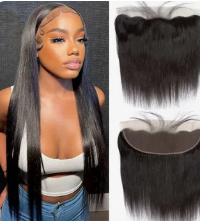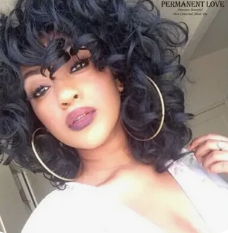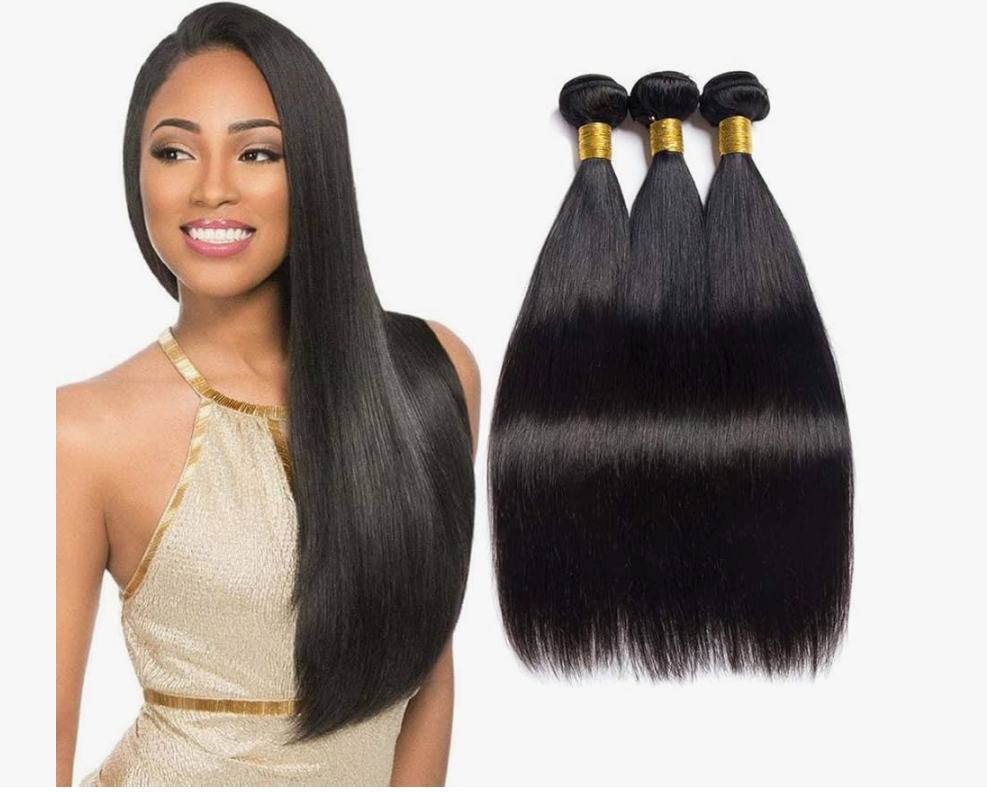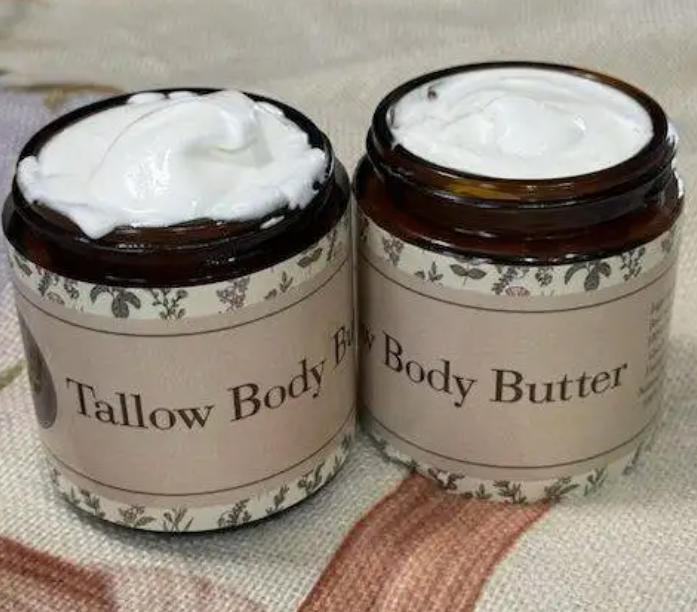Wigs have become an essential styling tool for Black women, offering versatility, convenience, and protection for natural hair. The variety of options available today makes it possible to find wigs that look natural, feel comfortable, and suit individual style preferences.
Evolution of Wig Technology
Modern wigs bear little resemblance to the stiff, obvious hairpieces of decades past. Advances in manufacturing techniques have created wigs that move naturally, feature realistic hairlines, and allow the scalp to breathe. These improvements make extended wear comfortable and practical for daily life.
Lace technology has changed the appearance of wig hairlines. Lace front and full lace wigs feature individual hairs hand-tied to a delicate mesh material that mimics the appearance of hair growing from the scalp. This construction creates the illusion of a natural hairline that can withstand close inspection.
Cap construction affects comfort and wearability. Traditional cap wigs work well for those who wear wigs occasionally, while more advanced constructions like monofilament tops and hand-tied caps provide superior comfort for regular wear. Knowing these differences helps you select a wig that meets your wearing schedule needs.
Hair Type Options
Human hair wigs offer the most natural appearance and styling flexibility. You can heat style, color, and treat them like your own hair. The investment in human hair pays off through longevity and versatility, as these wigs can last a year or more with proper care.
Synthetic wigs have improved significantly and now offer realistic textures at lower price points. Heat-friendly synthetic fibers can withstand moderate heat styling, expanding styling options. These wigs require less maintenance than human hair and hold their style even after washing.
Hair origin affects texture characteristics. Brazilian hair tends to be thick and coarse, making it suitable for those with similar natural hair textures. Peruvian hair offers medium density and natural shine. Indian hair provides a softer texture that works well for various styling approaches. Suppliers like RJ Hair Creations source quality hair from various regions to offer texture options that suit different needs.
Finding Your Face Shape Match
Oval faces have balanced proportions that work well with most wig styles. You can experiment with various lengths, textures, and styles without worrying about creating imbalance. This face shape offers the most flexibility in wig selection.
Round faces benefit from wigs with height at the crown and length past the chin. These features create the illusion of elongation, balancing facial proportions. Avoid blunt cuts at chin length, which can emphasize roundness. Layered styles and side-swept bangs work particularly well.
Square faces have strong jawlines that soften with the right wig choice. Look for styles with soft waves or curls that create movement around the face. Side parts and longer lengths that extend past the jawline help balance angular features. Avoid blunt bangs and severe, straight styles that emphasize the jaw.
Heart-shaped faces feature wider foreheads and narrow chins. Balance these proportions with wigs that add volume at chin level or below. Curls and waves starting at cheek level create fullness in the lower face. Side-swept bangs help reduce the appearance of forehead width.
Cap Size & Fit Considerations
Measuring your head accurately ensures proper fit and comfort. Use a flexible measuring tape to measure the circumference of your head, from the front hairline to the nape of your neck and back. Most wigs come in average sizes that fit head circumferences between 21.5 and 22.5 inches.
Adjustable straps inside the cap allow for customization. These straps can tighten or loosen the fit by up to an inch, accommodating slight size variations. Hook and loop closures make adjustments easy, and you can modify the fit as needed for comfort.
Elastic bands provide additional security for active lifestyles. Some wigs include elastic bands at the nape or adjustable straps at the temples. These features prevent shifting during movement and provide confidence for those who lead busy lives.
Natural Hairline Creation
Plucking the hairline creates a more realistic appearance by reducing density at the front of the wig. Use tweezers to carefully remove some hairs from the lace, creating an irregular pattern that mimics natural hair growth. Focus on the areas directly at the hairline and gradually reduce plucking as you move back from the edge.
Baby hairs add authenticity to the hairline. Use small scissors to cut some front hairs to shorter lengths, creating the fine hairs that naturally grow along the hairline. Style these baby hairs with a small brush and edge control product to frame the face.
Concealer matching your skin tone helps blend the lace into your scalp. Dab a small amount onto the lace before applying the wig, focusing on areas where the lace might be visible. Powder over the concealer to set it and reduce any shine that could make the lace noticeable.
Protective Styling Benefits
Wigs offer protection by eliminating daily manipulation of natural hair. Constant styling, heat exposure, and chemical treatments can damage hair over time. Wearing wigs allows your natural hair to rest and recover while you maintain your desired appearance.
Moisture retention improves when natural hair is protected under a wig. Your hair maintains its natural oils and moisture balance without exposure to environmental stressors like sun, wind, and pollution. This protection can lead to length retention and improved hair health.
Seasonal transitions become easier with wigs. During winter months when natural hair struggles with dryness, wigs protect your hair from harsh conditions. Summer heat and humidity can make natural hair difficult to manage, but wigs maintain their style regardless of weather.
Daily Wear Preparation
Preparing natural hair properly creates a smooth foundation for wig application. Cornrow your hair flat against your scalp in a pattern that follows the direction you want the wig to lay. Keep braids small and tight to minimize bulk under the wig cap.
Wig caps serve multiple purposes, including protecting your natural hair and creating a barrier between your scalp and the wig. Choose caps made from breathable materials like nylon or mesh. Some people prefer caps that match their skin tone for a more natural appearance if any cap shows at the hairline.
Securing the wig properly prevents shifting throughout the day. Adhesive options range from temporary glues and tapes to gentler alternatives like wig grip bands. Choose based on your activity level and how long you plan to wear the wig before removing it.
Maintenance Routines
Washing frequency depends on wear schedule and activity level. Daily wearers should wash their wigs every 7 to 10 days, while occasional wearers can extend this to every 2 to 3 weeks. Over-washing can reduce the lifespan of your wig, but inadequate cleaning allows buildup that affects appearance and hygiene.
Detangling before washing prevents matting and makes the cleaning process easier. Start at the ends and work your way up to the roots using a wide-tooth comb or your fingers. Take your time with this step, as rushing can cause damage or shedding.
Storage between wears affects how long your wig maintains its shape and style. Store wigs on wig stands or mannequin heads to preserve the cap shape and prevent tangling. Keep them in a cool, dry place away from direct sunlight, which can fade color and dry out the fibers.
Styling Versatility
Heat styling capabilities depend on the hair type. Human hair wigs accept heat tools just like natural hair, allowing for straightening, curling, and crimping. Use heat protectant products and moderate temperatures to prevent damage. Synthetic wigs require heat-friendly fibers for heat styling, and even then, use lower temperatures than you would with human hair.
Parting flexibility varies by wig construction. Lace front wigs allow for versatile parting in the frontal area, while full lace wigs can be parted anywhere. Traditional cap wigs have fixed parts that cannot be changed, so choose a wig with the part style you prefer.
Accessories add personality and style to basic wig looks. Headbands, scarves, and hair jewelry can change the appearance of a single wig, giving you multiple looks from one piece. These additions also help secure the wig and can cover the hairline for added peace of mind.
Color Selection Strategies
Matching your skin tone creates harmony between your wig and complexion. Warm skin tones pair well with golden, honey, and auburn shades. Cool skin tones complement ash, platinum, and blue-based colors. Neutral skin tones have flexibility to wear both warm and cool shades.
Consider your lifestyle when choosing colors. Bold colors like red, purple, or blue make statements but require confidence to wear. These shades work well for those with creative careers or personal styles that embrace uniqueness. Natural shades in browns and blacks suit professional environments and offer versatility.
Highlighting and dimension add interest to solid colors. Wigs with multiple tones look more natural than single-process colors. Balayage and ombre effects create depth and make the hair appear more realistic. These color techniques also help frame the face and add visual interest.
Budget Planning
Initial investment in quality wigs pays off through longevity and appearance. While synthetic wigs cost less upfront, human hair wigs last longer and offer more styling options. Consider how often you will wear the wig and for what purposes when determining your budget.
Building a wig collection over time makes financial sense. Start with one or two versatile pieces in natural colors and lengths that suit various occasions. Add specialty wigs for specific events or style changes as your budget allows. This approach spreads the cost over time while building options.
Maintenance costs should factor into overall budget planning. Wigs for black women require products similar to natural hair care, including shampoos, conditioners, and styling products. Synthetic wigs need specialized products. Budget for occasional professional styling or repairs as needed.
Shopping Considerations
Texture selection should align with your maintenance commitment level. Straight wigs require frequent styling to maintain sleekness, while curly and wavy textures are more forgiving. Consider how much time you want to spend on daily styling when choosing textures.
Length choices affect both appearance and maintenance. Shorter wigs (10 to 14 inches) are easier to manage and less prone to tangling. Longer wigs create drama but require more care and styling time. Medium lengths (16 to 18 inches) offer a balance between impact and practicality.
Density refers to how thick the wig appears. Standard density (120 to 130 percent) looks natural for most people. Higher densities create a fuller look suitable for special occasions or those who prefer voluminous styles. Lower densities offer a more subtle appearance that may be better for everyday wear.
Professional versus Ready-to-Wear
Custom wigs are made to your exact specifications, including cap size, hair texture, color, and density. These pieces offer the best fit and most natural appearance but require significant investment and waiting time. Custom wigs suit those who wear wigs regularly and want optimal results.
Ready-to-wear wigs are available immediately and cost less than custom options. Modern ready-to-wear wigs offer impressive quality and natural appearance. Most people find ready-to-wear options meet their needs, particularly when getting on their wig path.
Companies specializing in quality ready-to-wear options, like RJ Hair Creations, provide wigs that bridge the gap between standard store offerings and custom pieces. These wigs use quality materials and construction techniques that deliver excellent results at moderate price points.












Write a comment ...